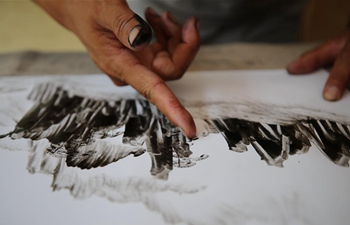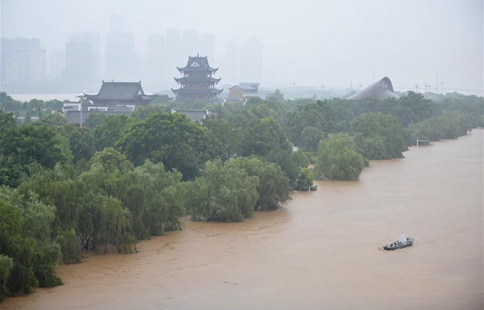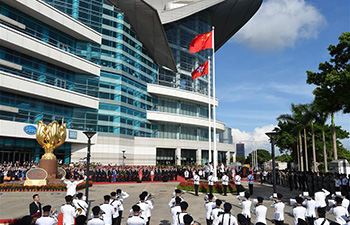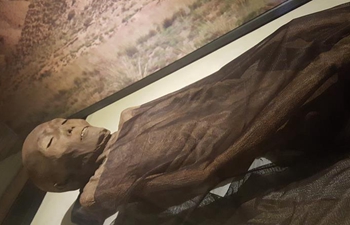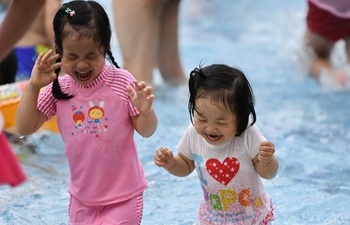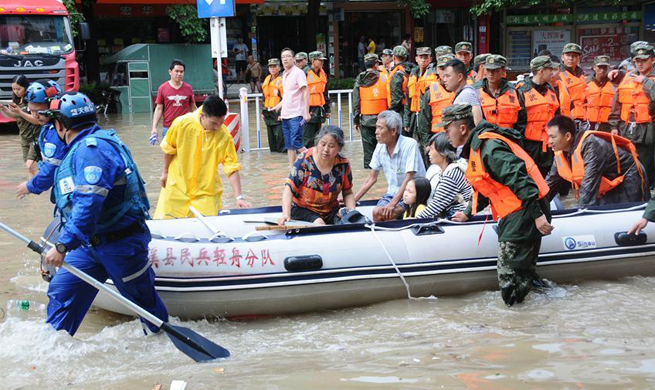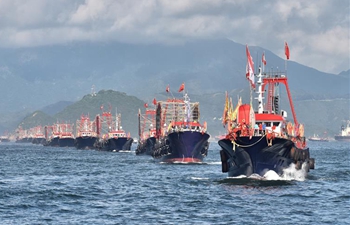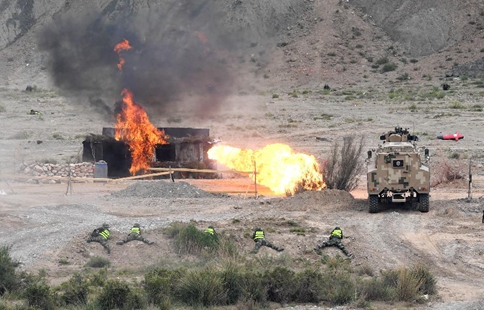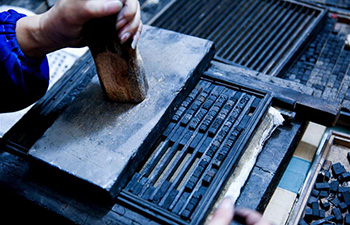SAN FRANCISCO, July 1 (Xinhua) -- Two researchers from Stanford University are exploring how corals that re-colonized Bikini Atoll after U.S. nuclear bomb tests 70 years ago have adapted to persistent radiation.
Humans and many other animals exposed to radiation often develop deoxyribonucleic acid (DNA) mutations in fast-dividing tissues that can result in cancer. Yet somehow, fast-growing coral in the ring of sand in the Pacific Ocean appear unharmed by the high levels of radiation found there.
Bikini Atoll experienced the historic fallout of 23 atomic bomb tests in the most northern of the Marshall Islands, located roughly halfway between Hawaii and Japan. The blasts, detonated by the U.S. military in the years between 1946 and 1954, exposed corals and other species to persistent, high levels of radioactivity.
"The terrible history of Bikini Atoll is an ironic setting for research that might help people live longer," said Stephen Palumbi, Professor of Marine Science at Stanford, about his research efforts there. "By understanding how corals could have recolonized the radiation-filled bomb craters, maybe we can discover something new about keeping DNA intact."
Palumbi and biology graduate student Elora Lopez hope to better understand how the coral colonies withstand the high levels of radiation by sequencing their DNA and measuring rates and patterns of mutations.
Their work is featured in an episode of "Big Pacific," a Public Broadcasting Service Inc. (PBS) documentary series about species, natural phenomena and behaviors of the Pacific Ocean. A film crew captured Palumbi and Lopez diving in a hydrogen bomb crater, chasing radioactive crabs, sampling giant corals and witnessing something only reported once before, namely mutant sharks possibly missing their second dorsal fin.
"We should never forget what we did to Bikini Atoll and its people," Lopez, as the project's leader, was quoted as saying in a news release from Stanford this week. "We should learn everything we can from it, even things we would have never have thought of before."
Beyond coral, Lopez and Palumbi aim to understand how Bikini's larger ecosystem continues to thrive in terms of biodiversity and to expose hidden genetic damage. To that end, Lopez decided to look at platter-size crabs that eat coconuts filled with a radioactive isotope from groundwater. How do the crabs survive, grow and reproduce with such a burden of radioactivity? To answer this and other questions, the researchers will compare their species samples with those collected on Bikini by Smithsonian Institution researchers before the atomic tests.




